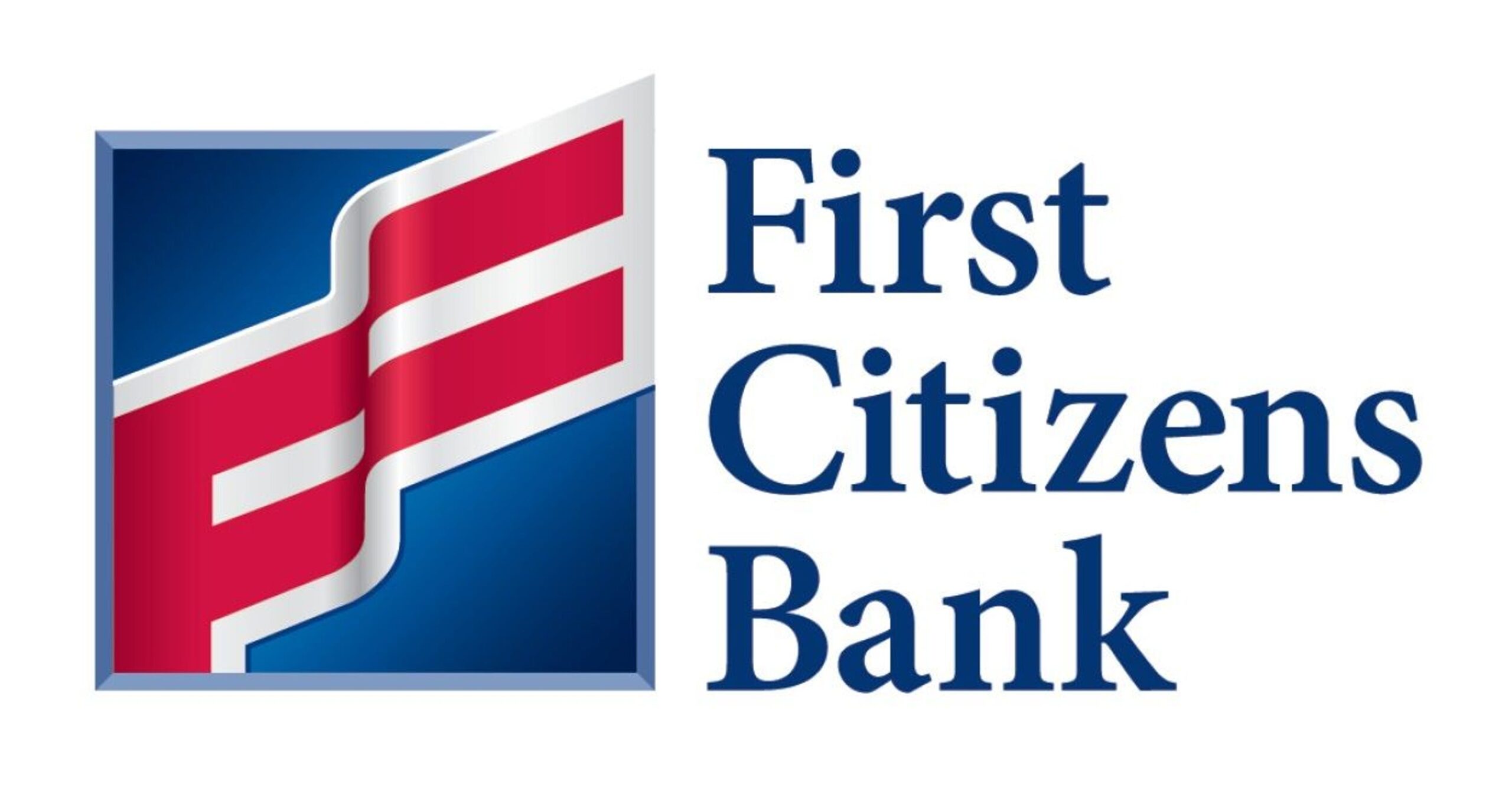Dauntless Resolution and a New Hope for Aviation
- April 30, 2020
- Posted by: Joe Milazzo II
- Category: Blog
In January, the RTA RDU AID (Airport Infrastructure Development) task force provided recommendations on how to address the challenges associated with growth at RDU International.
Three months later, traffic at RDU had dropped by 96%. To put that in perspective — of every 20 people flying as March began, 19 no longer are.
This is unprecedented, incomprehensible economic and mobility destruction. And it is not unique to Raleigh-Durham — it is literally everywhere. And it is the direct result of the coronavirus, and our global response to it.
In the beginning of March, RDU had 57 nonstop destinations. Today we have less than half that many at 25. Flights are canceled everywhere; the ones that remain have almost no one on them.
So where does that leave RDU and our region?
In the short-term, we have been looking for “bottom” for a few weeks — with traffic down 96-97%, there really isn’t much more to drop. So we are probably there.
Once the economy “re-opens” in our state and others, traffic will begin to increase, at least modestly.
And of course eventually — if you go enough years out — we will get back to normal, and potentially even a growth mode.
The more crucial questions for RTA and the regional business community are what occurs in the medium-term, between the reopening and the eventual return to normal, or a new normal. What does that look like, how long does it take, and how turbulent of a change is this.
It is clear that after recovery commences, our commercial aviation sector will be different, and smaller. How much so is unknown.
Fortunately, in the immediate-to-short-term, RDU has received significant federal financial support.
As I noted previously, I have a feeling that social distancing will be with us after the economy begins to “re-open”, and this may impact the interiors of all transportation means of conveyance that are not privately-owned and operated – and potentially the available revenue and overall commercial aviation business model. Even now, wearing masks on aircraft and in airports will become more commonplace.
To that point, EasyJet in Europe has actually contemplated doing away with middle seat seating, at least temporarily, and Alaska Airlines and others will no longer seat you or others there, where possible. In the short-term, commercial airlines are now looking at removing seats and converting their aircraft to freight operation. In the long-term, we shall see — some flights between hubs are already becoming crowded again.
With potentially 1,000 aircraft in America expected to never return to commercial service in this country, we may not recognize our airline industry for some time.
However, RDU has remained strong and focused during this time — they have adjusted their budget to fit the situation, they accelerated the completion of planned 2020 work on replacing deteriorating pavement for the primary runway in just a few weeks, and their fiscal prudence has left them with some of the highest financial reserves in the country.
While the external situation has obviously changed, our RTA RDU AID task force and the entire RTA organization remains engaged and focused on assisting RDU. RTA remains committed to the success of RDU, because RDU is committed to, and essential for, the success of our region.
Together, this region will exhibit the dauntless resolution that I mentioned in my new year’s blog as we journey to a new tomorrow, with new hope.
Let’s get moving,
Joe
Joe Milazzo II, PE
Executive Director
Regional Transportation Alliance
RTA is the voice of the regional business community on transportation






















